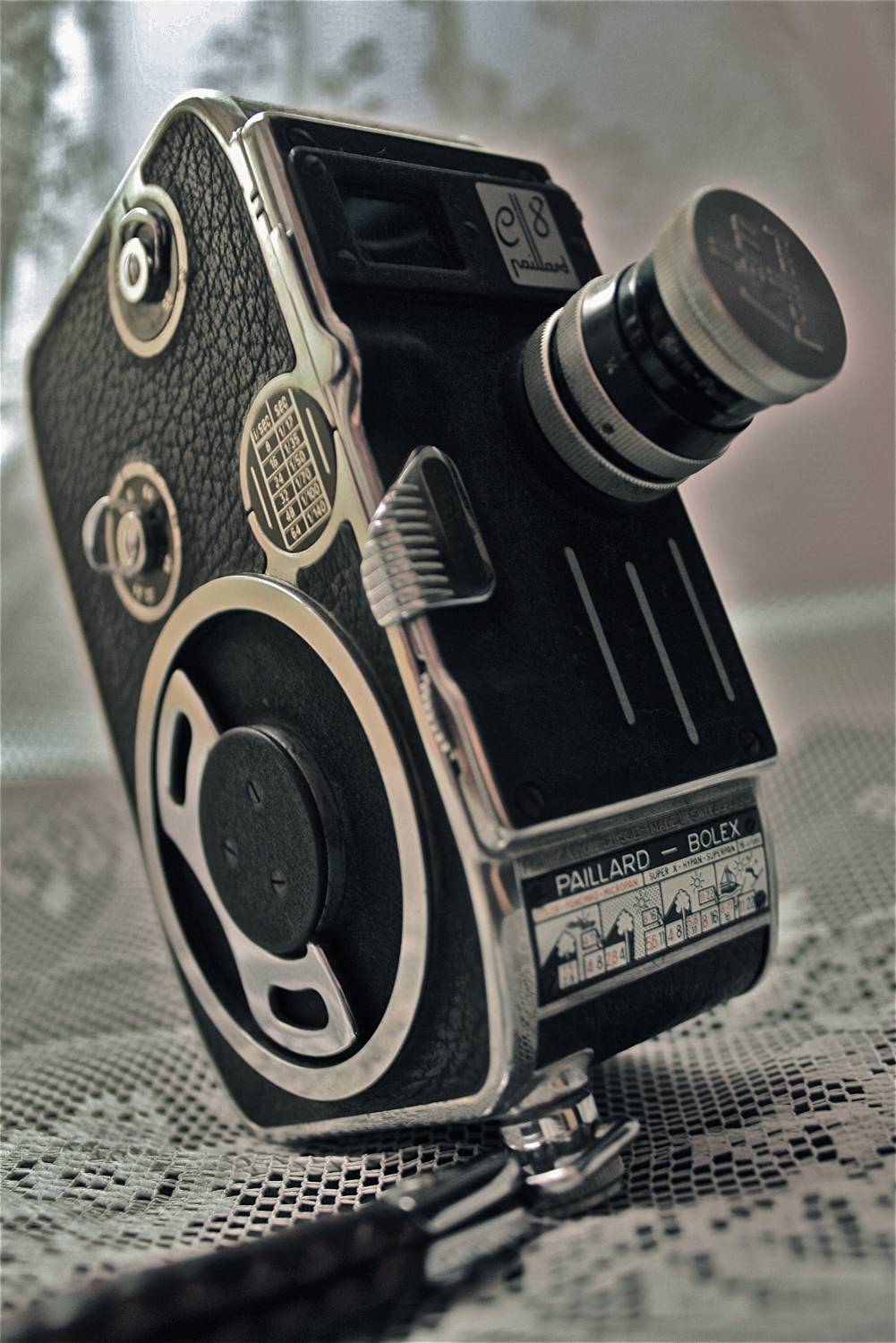Last week, Poynter’s Ren LaForme told us about a free and easy tool for making video interactive. We’re going to stick with video this week and learn about an app that gives you a lot more shooting power.
LaForme and I spoke via Skype. Our conversation was edited for length.
What are we learning about this week?
So last week we learned about what we can do with video to make it really cool. I thought this week we could focus on how you might shoot some video. Things are really interesting right now because most of us have cameras in our pockets that are better than cameras you can buy for hundreds or even thousands of dollars.
So what is this tool?
A lot of people just use the stock iPhone or Android app, and that’s fine. They work OK. But I think you can really upgrade your filming experience with this app called Filmic Pro. There are a lot of features that Filmic Pro has, and we’ll talk about those in a second. But the one that you really need to know about is you can monitor your audio with headphones while filming. It’s a complete necessity if you’re doing any kind of serious shooting.
Where can you find it?
Filmic Pro’s an app that you download from the App Store or Android Play Store. It’s $9.99 for iOS and $7.99 for Android. It’s really great, it’s got focus control, exposure control, white balance. So if you’re into the more professional settings, you can control them all from the app. It’s really easy to use and you have a lot more control over the really good camera in your phone.
Do you edit in your camera?
This is mostly a filming app, so these are things you’d do while you are filming and while you’re setting up to film. We’ll talk more about editing on your phone next week.
What are some other features that you like about this?
One thing I just discovered, I think it’s been around for awhile, is there’s another app you can get called Filmic Remote, and it allows you to control your phone’s camera remotely from another phone. You can set your phone up in a hard to reach place or some other angle and then start recording from your other phone or iPad or whatever device, and have a lot more control over that. It also lets you control multiple phones at once. So you could ostensibly set up multiple cameras.
So there’s some level of sophistication to this.
So much sophistication that a bunch of people used it to make a film called “Tangerine” that was submitted to Sundance a few years ago. This film has like a 97 percent score on Rotten Tomatoes, so it’s pretty legit.
Do you know of any journalists who have tried to use this?
I don’t know of any specific journalists, but I know that it comes highly recommended from photojournalists. This is one of those apps that the photo nerds are really into. One other thing I think is really cool: For a lot of folks with iPhones, especially, you shoot your video and it can be kind of a pain to get it off. Filmic Pro offers a ton of different ways to move your video somewhere else.
One of them that’s unique is you can export it via FTP. So if you have a server set up, you can move it right to your server. With iPhones, you’re sort of stuck in this walled garden, and Filmic gives you a way to get out of it.
Are there any things about Filmic that you don’t like or you wish they would add?
I don’t have a ton of training with video, so it’d be really helpful for me if they added some tips on how to use the exposure and white balance and controls and things like that, even a very light tutorial, just to sort of acclimate me. It’s not that difficult but it’s enough features that if you don’t know what you’re doing, it can be a bit overwhelming.
We’re going to continue this talk about video next week, right?
Right. Next week we’ll talk about some editing tools that you can use on your phone.
Learn more about journalism tools with Try This! — Tools for Journalism. Try This! is powered by Google News Lab. It is also supported by the American Press Institute and the John S. and James L. Knight Foundation.







